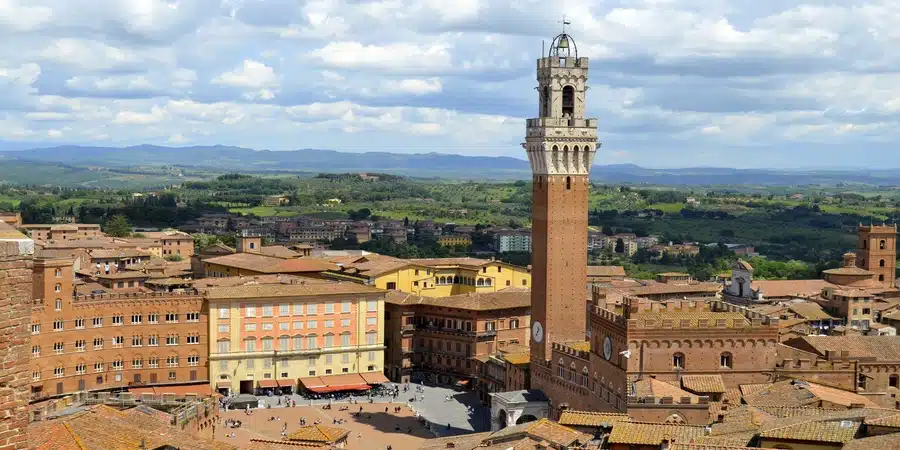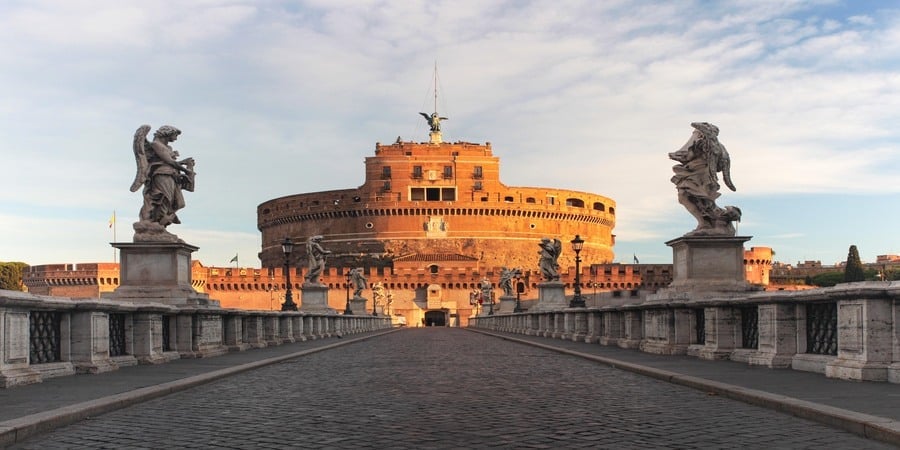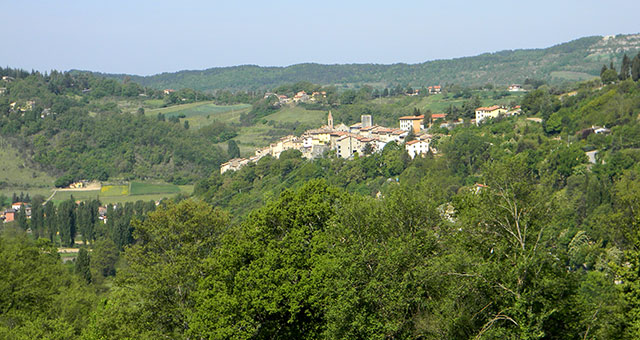What is the Best Time to Walk the Via Francigena?
The Via Francigena, also known as the Camino to Rome, is a historic pilgrimage route stretching for 1,900 kilometres. It begins in the UK and finishes in Italy, crossing much of Europe along the way. Because the path is so long, the weather varies greatly from north to south. Choosing when to walk is therefore an important decision, as each season brings different conditions and experiences.
Table of contents
Popularity of the Route
Unlike the Camino de Santiago, the Via Francigena is still relatively quiet. Each year, only around 2,000 to 3,000 people walk or cycle sections of it, compared to the hundreds of thousands who complete the Camino in Spain. This means you are less likely to find large crowds. The most popular stretch is from Lucca to Siena in Tuscany and the regions nearer to Rome. These areas are where you will find more fellow pilgrims and a stronger sense of community along the way.

The Social Side of Pilgrimage
If you want to enjoy the companionship of other walkers, the best time to travel is between Spring and Autumn. During these months, you are more likely to meet others on the path, share stories, and form connections. Walking in Winter offers a very different experience. It is often quieter and more solitary, as many hotels and guesthouses in rural areas close during the colder months. This can mean extra transfers are needed, so careful planning is important if you prefer to travel in Winter.
The Importance of Weather
Weather is one of the most important factors when deciding the best time to walk the Via Francigena. Different sections of the route are best enjoyed at different times of year, and the season you choose will affect the scenery, the atmosphere, and even the safety of your journey.
Walking in Summer
Summer is perfect for the northern stages of the Via Francigena. The days are long and filled with sunshine, which means plenty of time to enjoy the trail. This includes the first section starting in Canterbury, as well as the stretches that cross France. Summer is also the only practical time to walk across the Alps. The route from Lausanne to Aosta passes through the St Bernard Pass, which is usually covered in snow for much of the year. July and August provide the best window for this crossing, when the snow has melted and the trail is safe. Similarly, summer is also the ideal season for the St Francis Way, or Cammino di Francesco, which crosses the Apennine Mountains. The warmer weather makes this beautiful but challenging section more manageable.

Tuscany in Spring and Autumn
Tuscany is one of the most popular and beautiful parts of the Via Francigena, especially the stretch between Lucca and Siena. However, the heat in July and August can be intense and tiring. For this reason, Spring and Autumn are often considered the best times to enjoy the Tuscan landscape. In September and October, temperatures are pleasantly mild, and you may also witness the wine harvest in full swing, adding a special charm to your journey. If your goal is to see the famous Palio di Siena horse race, then you will need to travel in July or August. Just be aware that these months are not only hot but also busy, as visitors flock to Siena for the festival.
Winter Walking
It is possible to walk some sections of the Via Francigena in Winter, but it requires more preparation. Mountain areas such as the Alps or the Apennines may be unsafe due to snow and cold weather. Lower sections, however, can be walked, offering a peaceful and quiet experience. Many guesthouses and hotels in rural areas close during this season, which means you may need to plan additional transfers or longer stages. Winter walking appeals to those who enjoy solitude and a reflective atmosphere, but it is less suitable for those who prefer lively trails.
Festivals and Events
Some pilgrims choose to time their walk with local festivals or events, which can make the experience even more special. Whether it is a religious celebration, a traditional fair, or a regional harvest, these moments can bring the journey to life in a unique way. If this is something you want to include in your walk, remember to book well in advance. Accommodation during festival periods is often limited and fills up quickly.

Choosing the Best Time for You
The best time to walk the Via Francigena depends on what you want from the journey. If meeting fellow pilgrims is important, then travelling between Spring and Autumn is ideal. If you prefer quiet paths and solitude, Winter may suit you better, though it requires extra planning. Mountain stages such as the Alps are safest in Summer, while Tuscany is most comfortable in Spring and Autumn. Each season brings its own charm and challenges, so think about the type of experience you hope to have.
Final Thoughts
The Via Francigena is a remarkable journey that offers history, beauty, and adventure at every step. The season you choose will shape your pilgrimage, from the weather you experience to the people you meet and the events you encounter. Whether you prefer lively summer trails, the peacefulness of winter paths, or the gentle climate of Spring and Autumn, there is a perfect time for everyone. With good planning, you will enjoy an unforgettable journey along this ancient and inspiring route to Rome.
For more information on Via Francigena or Guided walking tours or to book your Italian adventure, feel free to contact us.
